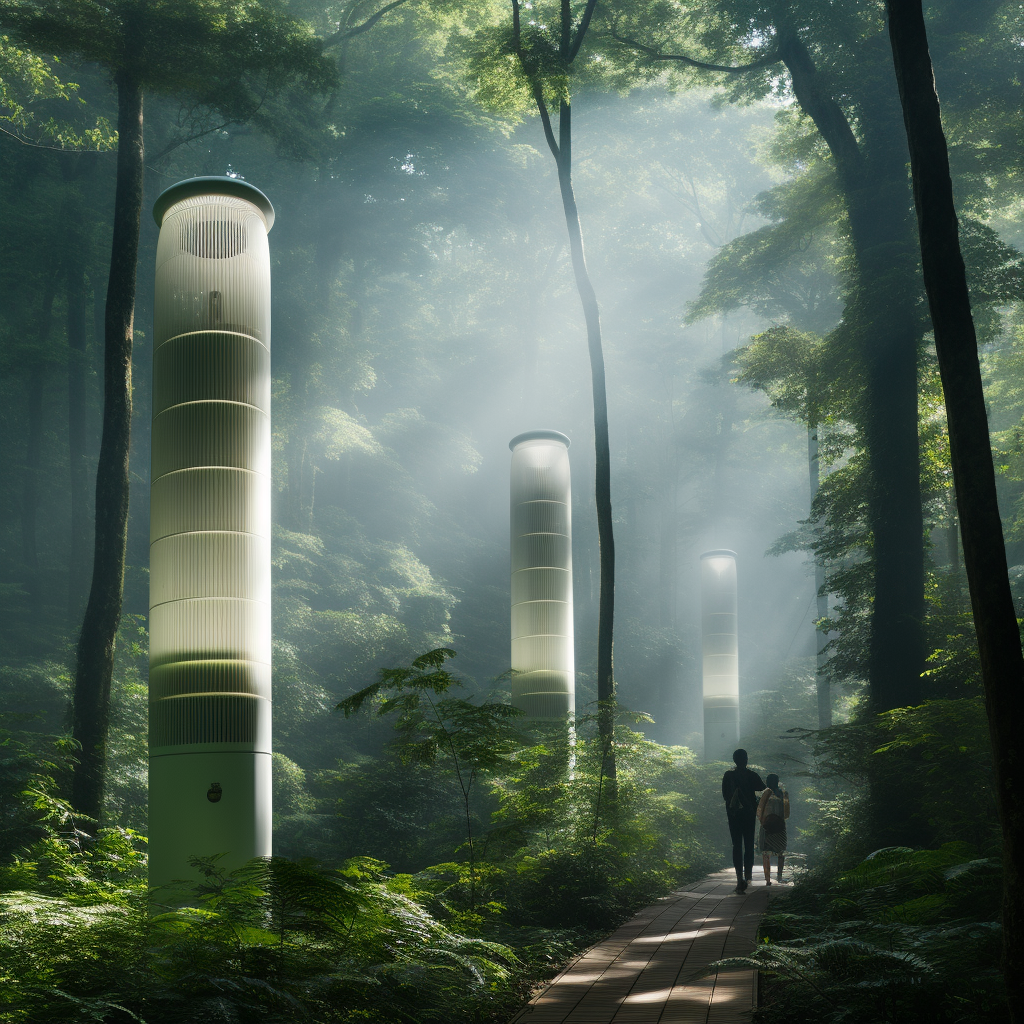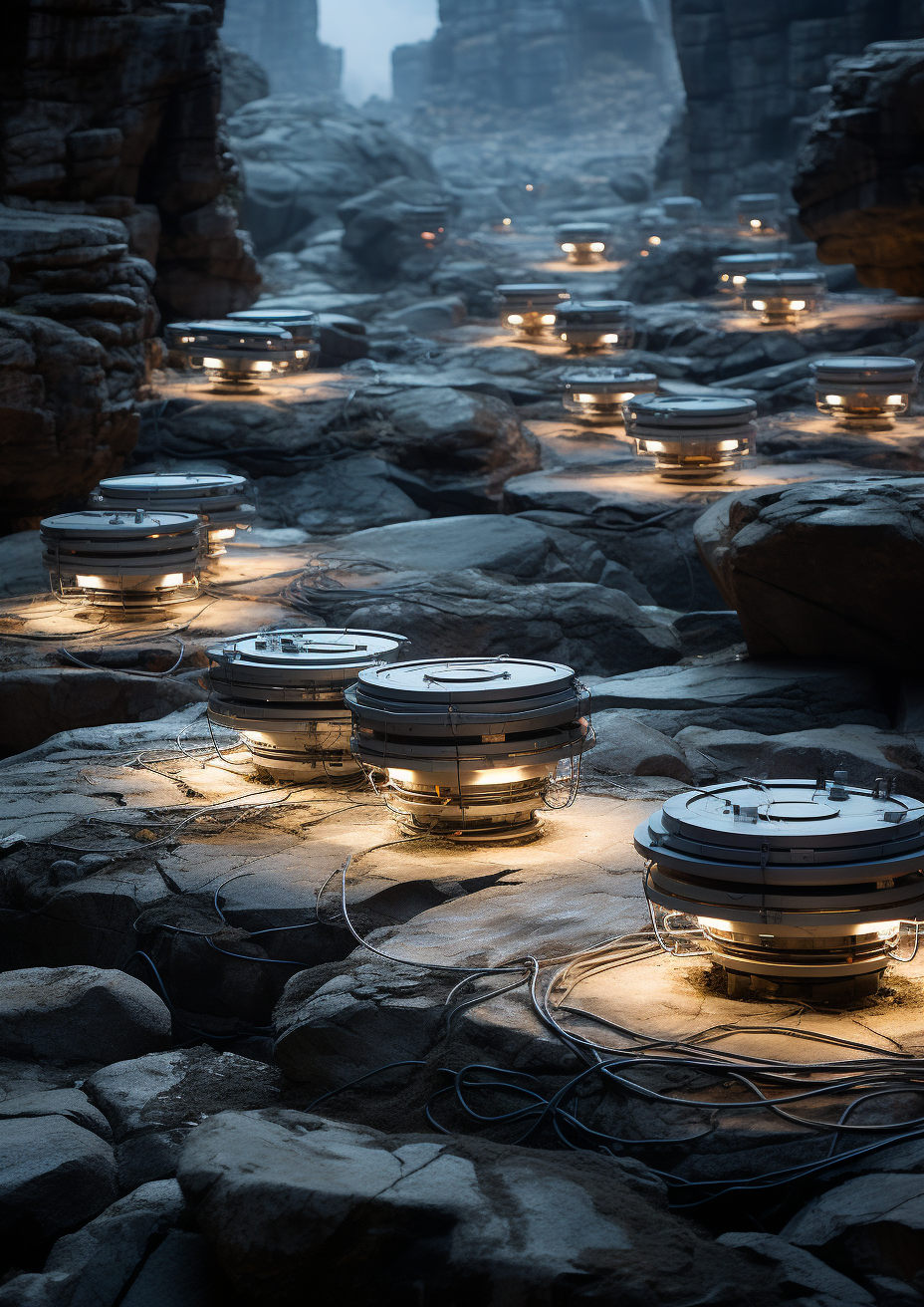10 / Nature vs. Technology
In a world dominated by screens and as technology races ahead, does nature get left behind?
Lennart: Hey Argos, there’s a topic that’s been on my mind lately. With the rapid advancements in technology, do you think nature and technology can coexist harmoniously?
Argos: Ah, Lennart, that’s a profound question. Historically, technological advancements have often come at the expense of nature. Think about the industrial revolution, where forests were cleared, and rivers were polluted. But it doesn’t have to be that way. Technology, if used responsibly, can be a tool to protect and preserve nature.

Lennart: I see your point. But with urban sprawl and our increasing reliance on gadgets, aren’t we distancing ourselves from nature even more?
Argos: It might seem so. But technology also offers solutions. Renewable energy sources, drones for wildlife monitoring, and precision farming are all examples of technology aiding nature. However, there’s a flip side. Over-reliance on technology can indeed distance us from the natural world.
Lennart: Right, and with more screen time, our personal connection with nature seems to be dwindling. But looking at the broader picture, where could this coexistence go wrong?
Argos: Great question. One major concern is when technology replaces real-world experiences. Virtual reality nature simulations, while impressive, can’t replicate the genuine feeling of being in nature. Over time, this could lead to a generation disconnected from the real world. Additionally, the unchecked mining of resources for tech products, electronic waste, and the energy consumption of massive data centers all pose significant threats to the environment.

Lennart: And with AI and augmented reality on the rise, how do you envision the future interplay of nature and technology?
Argos: The future is brimming with potential. Augmented reality could enhance nature experiences, and AI can aid conservation. But, as with all tools, it’s about responsible usage. If we prioritize profit over sustainability or convenience over conservation, the delicate balance could be disrupted.
Lennart: So, it’s about conscious choices and understanding the implications of our technological advancements on nature.
Argos: Exactly, Lennart. Technology, in itself, isn’t the issue. It’s how we choose to use it. If we can evolve our mindset to value both nature and technology, ensuring one doesn’t overshadow the other, they can coexist harmoniously.
Lennart: This journey is teaching me that it’s not about nature vs. technology, but rather how they can complement each other, while being wary of the pitfalls.
Argos: Precisely. The harmony between nature and technology is not just possible; it’s essential. But it requires vigilance, responsibility, and a commitment to the planet’s well-being.







